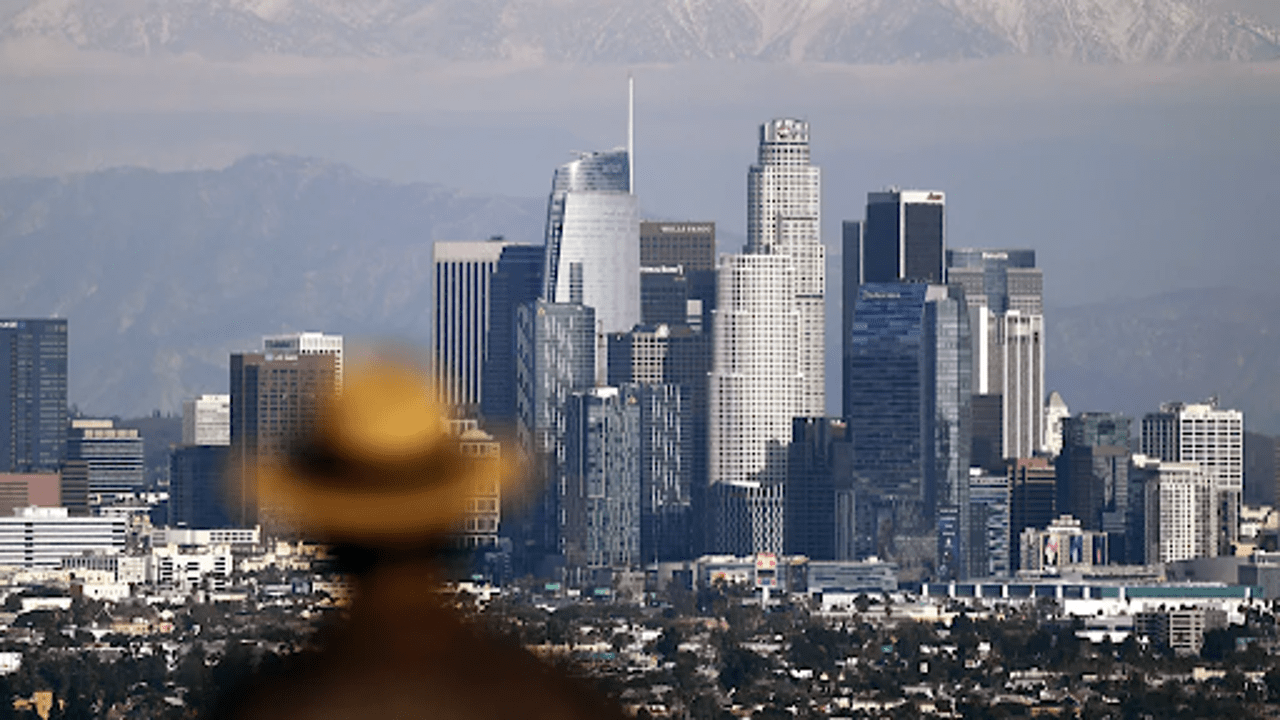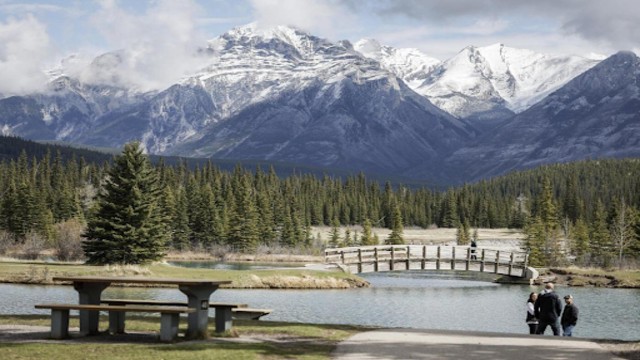
Los Angeles is built on a vast layer of sediment that changes how seismic waves travel beneath the city. Getty Images
Southern California has recently felt the tremors of two notable earthquakes, both over magnitude 4.0. The way these quakes were experienced in Los Angeles highlights the unique geological features of the city, particularly its sediment-filled basin.
On August 6, 2024, a magnitude 5.2 earthquake hit a largely rural area near Bakersfield. The quake was significant, followed by numerous aftershocks, as a fault in the Central Valley ruptured. While earthquakes of this magnitude are not uncommon in California, this was the largest in three years for the region. The quake's effects were felt as far as 90 miles away in Los Angeles and even in San Diego. A few days later, Los Angeles experienced another earthquake, this time a magnitude of 4.4, caused by a rupture in a segment of the Puente Hills fault system.
Despite causing minimal damage, these recent quakes have underscored how the unique geology beneath Los Angeles can amplify earthquake effects. The city sits on a vast sediment-filled basin, which impacts how seismic waves travel and are experienced on the surface. The shallow depth of the August 6 earthquake intensified the shaking in some areas of Los Angeles, while other parts felt barely any movement.
The Los Angeles basin is essentially a massive bowl filled with sediment. This sediment influences how seismic waves propagate. As waves travel through this soft sediment, they slow down and their amplitude, or wave height, increases. This effect is similar to shaking a bowl of jelly, where the top wobbles more than the bottom. This phenomenon can cause seismic waves within the basin to be significantly stronger compared to areas with harder rock.
Seismic waves move faster through dense rock but slow down and grow taller when passing through softer sediment. This effect can amplify the shaking experienced during an earthquake. For example, during the 1992 Landers earthquake, measurements showed that seismic waves within the Los Angeles basin were three to four times larger than those outside the basin.
From above, the San Andreas fault, where the Pacific and North American plates meet, is easily seen in some areas. Getty Images
Additionally, the sediment in the basin can cause waves to reverberate, extending the duration of shaking. This reverberation can make the shaking last longer than the actual fault rupture. The proximity of other basins, such as the San Bernardino and San Gabriel Basins, can also funnel seismic waves toward Los Angeles, intensifying the impact.
Variations in sediment density within the basin can lead to differing experiences of the same earthquake. For instance, people in older, softer sediment areas might feel more intense shaking compared to those on firmer ground nearby. Even individuals in the same building might experience different levels of shaking, depending on their location.
Cities built on similar sediment-filled basins face similar risks. Historical examples include Mexico City, which suffered significant damage in 1985 and 2017 due to its location on an old lakebed, and Tehran, which also sits atop a sediment-filled basin.
Understanding these risks is crucial for improving city resilience against earthquakes. Implementing and enforcing robust building codes is one way to protect infrastructure and residents. For example, stricter codes were introduced in Mexico City after the 1985 earthquake. In California, building codes have evolved over time, but there is a push for improvements, such as designing buildings for easier repairs rather than total reconstruction. This approach, known as "functional recovery," aims to mitigate economic and social impacts following a quake.















